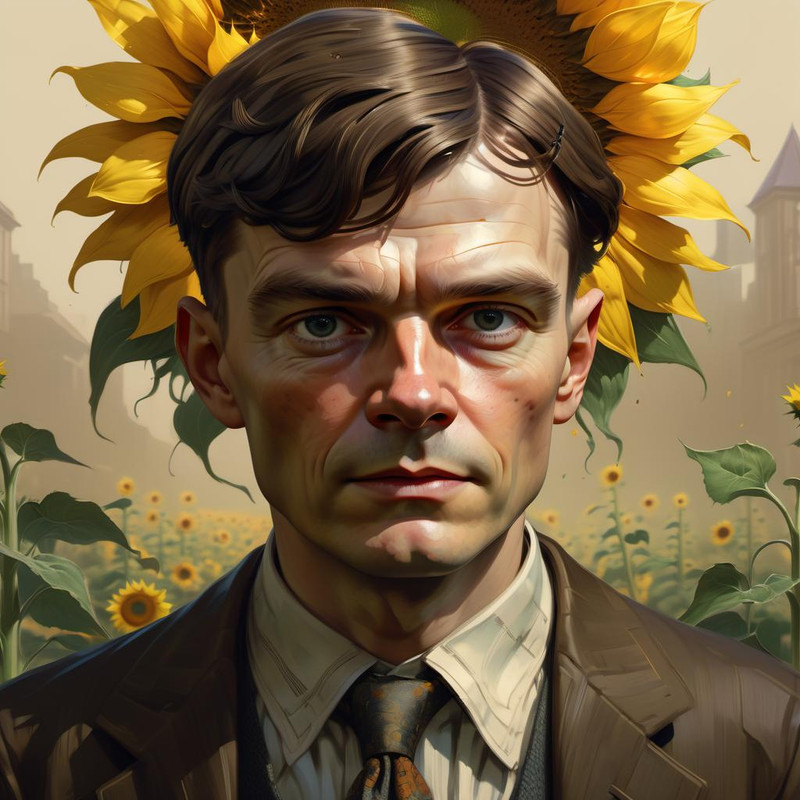Unfortunately I heared of
this news now through the
Physics World newsletter, whose releases from the beginning of the year I am guilty of catching up with a guilty delay.
On January 22, 2024
Arno Penzias left us. He was 90 years old and had been awarded the Nobel Prize for Physics in 1978 for the discovery, together with
Robert Wilson, of the cosmic microwave background radiation.
As the story goes, their discovery came by chance, while they were trying to eliminate background noise from the signals that the
Bell Labs radio astronomy antenna was receiving.
In fact, another group of astronomers, headed by
Robert Dicke, was also busy working on the question, and in the end he was "satisfied" with correctly interpreting the origin of the signal measured by the two researchers. The two articles, the observational one and the interpretative one, were published in the same issue of the
Astrophysical Journal.
The story, as well as being told in the
Physics World article linked at the beginning of this post, is also summarized in the video that you can see below:




